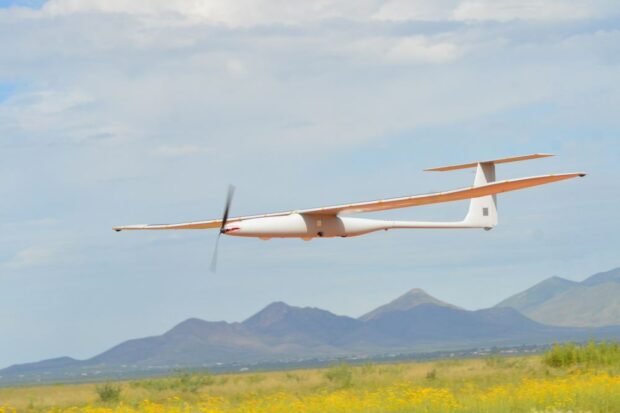The U.S. Navy, through PMA 263, has chosen KHAero to provide its first electric, solar-powered VTOL UAS. It will be fielded by the United States Marine Corps Small Unit Remote Scouting System
The Navy asked KHAero to demonstrate their offering through a comprehensive evaluation of capabilities.
Conducted at both KHAero and government test facilities and overseen by UAS Research and Operations Center at the University of Maryland, this included evaluation of:
– Enhanced manoeuvrability, reduced transportation and logistics requirements, radically simplifies the operational footprint required to operate a UAS from 120-150 people to under 5
– Quiet operations to minimize the risk of detection (goes nearly undetected by radars)
– Long flight endurance, where the K1000ULE remains a world leader
– Vertical take-off and landing, ensuring runway independence
– Ability to operate in various environmental conditions, day and night
– Reconnaissance, surveillance and target acquisition tests
– Compliance with SOCOM modular open system architectures (MOSA)
– Mission systems packages, including full motion video capabilities that incorporate target identification and classification
The K1000ULE provides the Navy with the capacity to perform Intelligence, surveillance, and reconnaissance operations better, simpler, faster, and more cost-effectively. Additionally, the Navy will get enhanced beyond line-of-sight communication capabilities, securing continued coverage in denied and contested environments.
The K1000ULE, while providing the longest flight endurance in eVTOL category, is also enabled to share information between different platforms, repositioning aircraft on demand based on sensor needs, while dynamically populating the Common Operating Picture.
A single operator can operate a swarm of K1000ULE unmanned platforms through our simple user interface, identifying a specific coverage area and then launching the correct number of assets. The pilot can view flight time, number of assets in the sky, battery power and positioning. Additionally, the operator can review or change coverage area or mission objectives using a gamified and simple user interface.
“Today we live with the prospect of a new era of defense technology in which autonomy and artificial intelligence will become more important. The Navy wants to discover what’s possible. And we’re honored to give them the solutions they need.”
says KHAero CEO, Fatema Hamdani.
Source: Press Release


